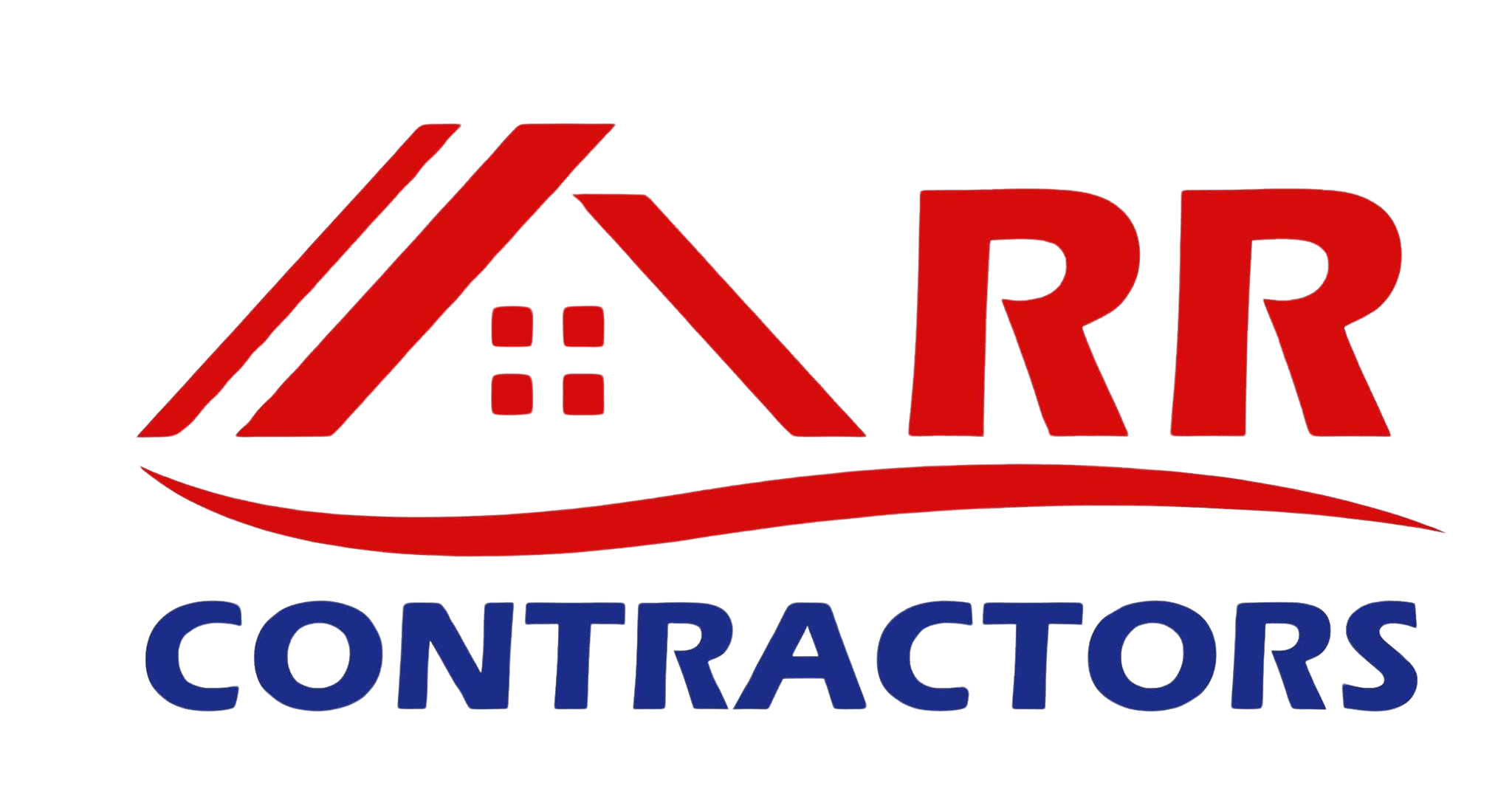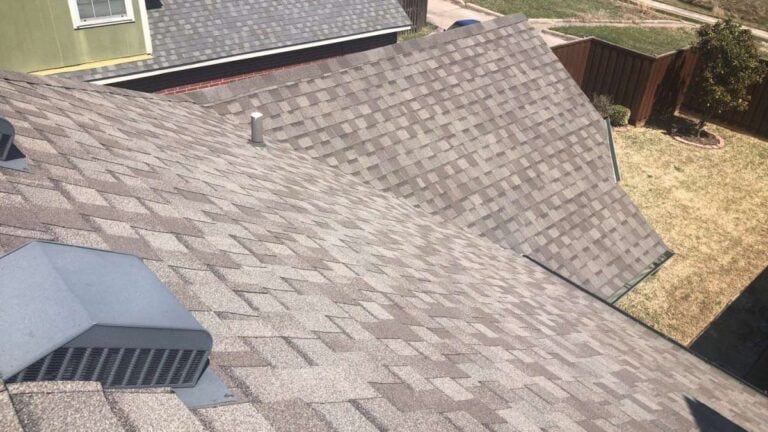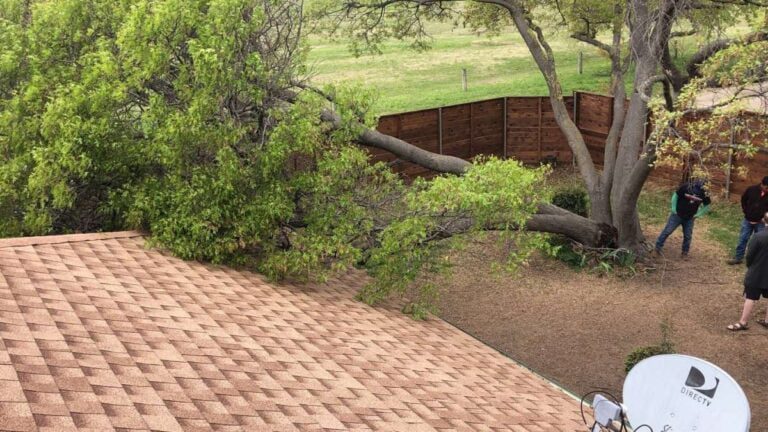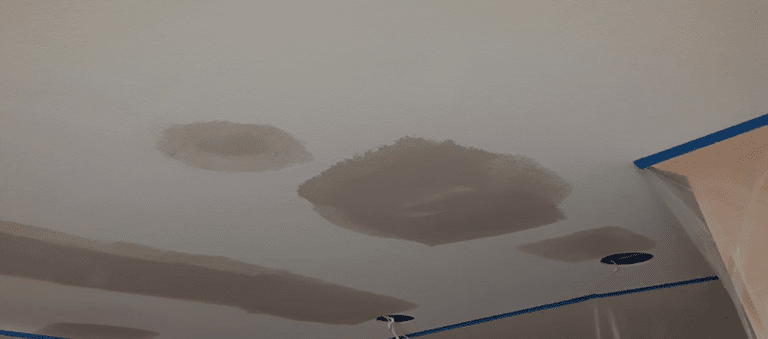In the previous article, we talked about how to repair water damage. We discussed the drying process and how to take care of your walls. In this article, we are going to talk about water damage floor repair. This type of repair isn’t always easy. It may take a very long time and definitely requires a professional water damage floor repair professional to come to your home to work on your floor.
The long-term effects of water damage are so that it ruins most interior finishes and contents. There is some duality to the process because delaying repairs damages your home even more but taking the next steps is only possible when the building is thoroughly dry.
Plywood floors
Layers of submerged plywood or OCB subfloor may separate and swell. Damaged sections must be replaced. Performing hardwood floor repair water damage will require you to remove floor coverings and allow the subfloor to dry. drying can take months and that is why professional water damage floor repair companies use special equipment, such as dehumidifiers, to fasten the drying time. You should thoroughly inspect your floor for signs of warping before installing new floors.
Wood Floors
You should carefully remove a board every few feet to reduce buckling caused by swelling. Wood floors also require to be cleaned and dried thoroughly which may take weeks before hardwood floor repair water damage.
Tile and Sheet Floors
If a submerged wood subfloor swells or separates, water damage floor repair will include a replacement. Keep in mind that asbestos tiles should be removed only by a trained professional. If water seeped under loose sections of sheet flooring, removal of the entire sheet is necessary. Flooring removal might not be easy and it really depends on the material and adhesive. Contact a reputable water damage floor repair company to delegate this task to a pro.
Cleaning Woodwork, & Floors
Once your hardwood floor repair water damage is complete, you may want to take some measures to prevent mildew and mold growth. Perform a thorough lean up and make sure to consult with a reputable water damage floor repair contractor. Use a phosphate-free, all-purpose, or disinfecting cleaner. Wash from top to bottom and rinse with clean water. To prevent mold growth try to reduce activities that add moisture to the indoor air, and use exhaust fans when cooking and bathing.




